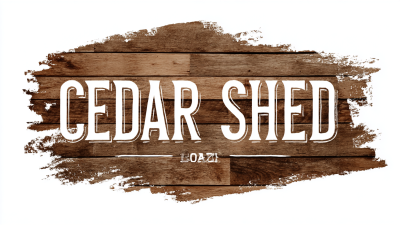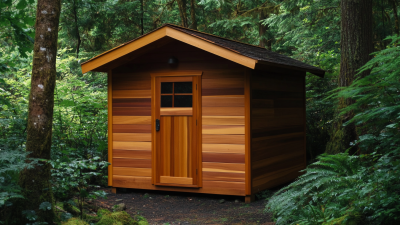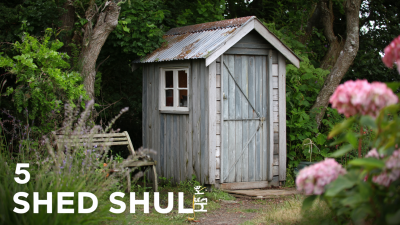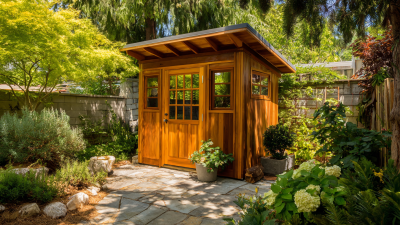Sorry, your browser is not supported. For a better experience, keep your browser up to date. Check here for latest versions
When it comes to enhancing your outdoor space, choosing the right Timber Garden Buildings can make all the difference. These structures not only provide functional benefits such as storage, workshops, or leisure areas, but they also add aesthetic value to your garden. With a myriad of options available in terms of design, size, and materials, selecting the perfect Timber Garden Building for your needs may seem overwhelming. In this tutorial, we will guide you through the essential factors to consider, ensuring that your choice complements your garden's character while meeting your practical requirements. Whether you’re looking for a cozy garden shed, a spacious summerhouse, or an elegant gazebo, understanding the key elements will help you make an informed decision that enhances both your enjoyment and the value of your outdoor space.
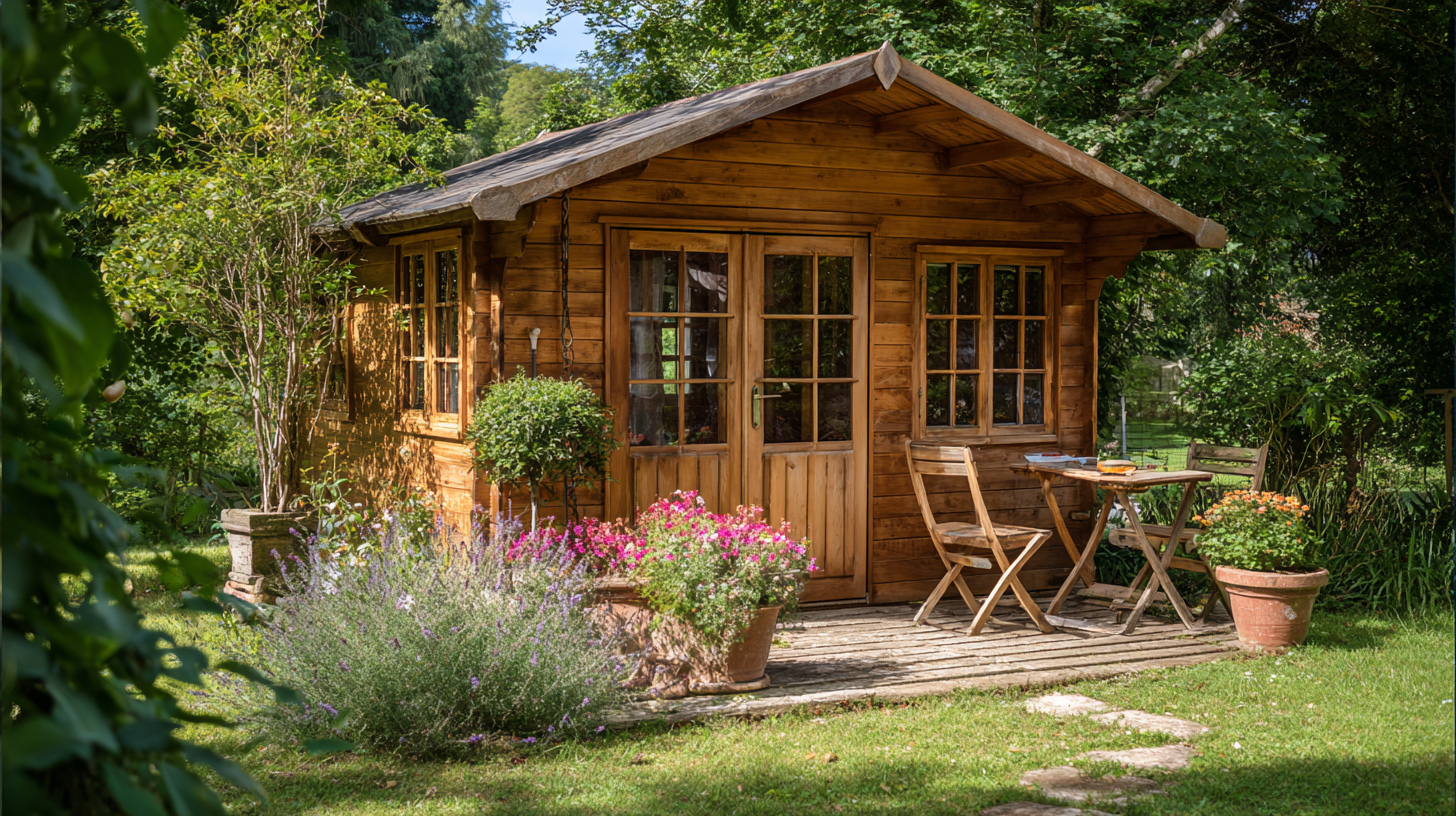
When choosing timber garden buildings, it's essential to understand the different types available, as each serves unique functions and fits different outdoor aesthetics. Sheds, for instance, are versatile structures primarily used for storage. They can house gardening tools, outdoor furniture, and other equipment, keeping your garden organized. Many come in various styles, from traditional to modern, allowing them to blend seamlessly with your garden decor.
Another popular option is a garden office or studio, designed for productivity and creativity outside of the main living space. These buildings are often insulated and equipped for year-round use, making them ideal for remote work or hobbies. Moreover, they can enhance your garden's appeal and increase the property's value. Finally, consider garden rooms or pavilions, perfect for relaxation or entertaining guests. These structures often feature larger windows and open designs, allowing you to enjoy nature while providing shelter. Understanding the types of timber garden buildings ensures that you select the right one to complement your outdoor space.
When evaluating the benefits of timber garden buildings such as sheds, workshops, and summerhouses, it’s important to consider their impact on your outdoor space.
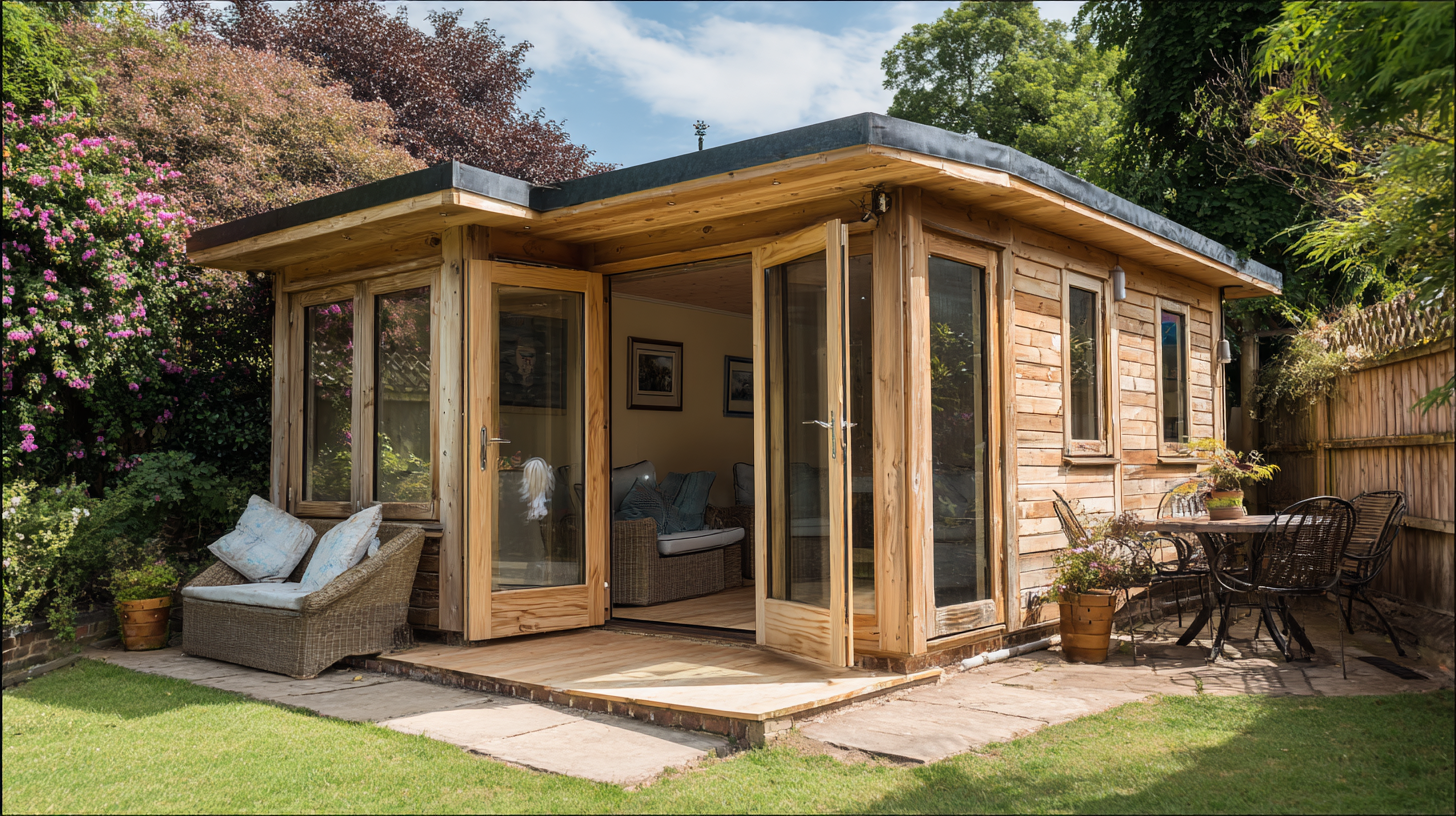 Sheds, often utilized for storage, can significantly declutter your garden area while protecting tools and equipment from the elements. According to recent surveys, over 60% of homeowners report that having a garden shed enhances their outdoor organization, leading to a more enjoyable gardening experience.
Sheds, often utilized for storage, can significantly declutter your garden area while protecting tools and equipment from the elements. According to recent surveys, over 60% of homeowners report that having a garden shed enhances their outdoor organization, leading to a more enjoyable gardening experience.
Workshops provide a dedicated space for hobbies, crafts, or DIY projects. Industry reports indicate that participating in hands-on activities can reduce stress and boost creativity, with 75% of users stating that having a workshop at home encourages them to pursue new skills and passions. Additionally, summerhouses offer a versatile option for relaxation or entertaining guests, blending aesthetic appeal with functionality. Recent studies show that homes with outdoor buildings have increased property values by up to 15%, making these investments not only practical but also financially beneficial.
By selecting the right timber garden building, homeowners can optimize their outdoor environments while reaping the psychological and financial rewards of enhanced living spaces.
When selecting timber garden buildings, one of the most crucial considerations is the size and style that complements your garden's aesthetic. According to a report by the Green Building Council, the use of natural materials like timber not only enhances the visual appeal but also promotes sustainability in landscaping. Choosing a garden building that harmonizes with your existing plants, pathways, and architecture can significantly increase your outdoor space's overall ambiance. For instance, a rustic-style shed in untreated wood can create a charming, countryside feel, while a sleek, modern design with clean lines might better suit urban gardens.
Moreover, size matters greatly when it comes to functionality and aesthetics. The Royal Institute of British Architects suggests that garden buildings should ideally not exceed 10-15% of your garden's total area to maintain balance and openness. Considering this guideline, a 100 square meter garden would accommodate a building of about 10-15 square meters without overwhelming the space. When you consider the varied styles—such as a traditional potting shed or a contemporary garden office—aligning both size and design with your garden's theme ensures a cohesive look.
Integrating these elements can transform your outdoor space into a personalized retreat that reflects both functionality and style.
When selecting timber garden buildings, the quality of timber and construction techniques is crucial for ensuring longevity and resilience against the elements. According to a 2021 report by the Timber Research and Development Association, untreated softwoods, commonly used in garden buildings, have an average lifespan of just 5-15 years. In contrast, high-quality hardwoods, when properly treated, can last up to 30 years or more. This emphasizes the importance of choosing materials that are not only durable but also suitable for your specific climate conditions.
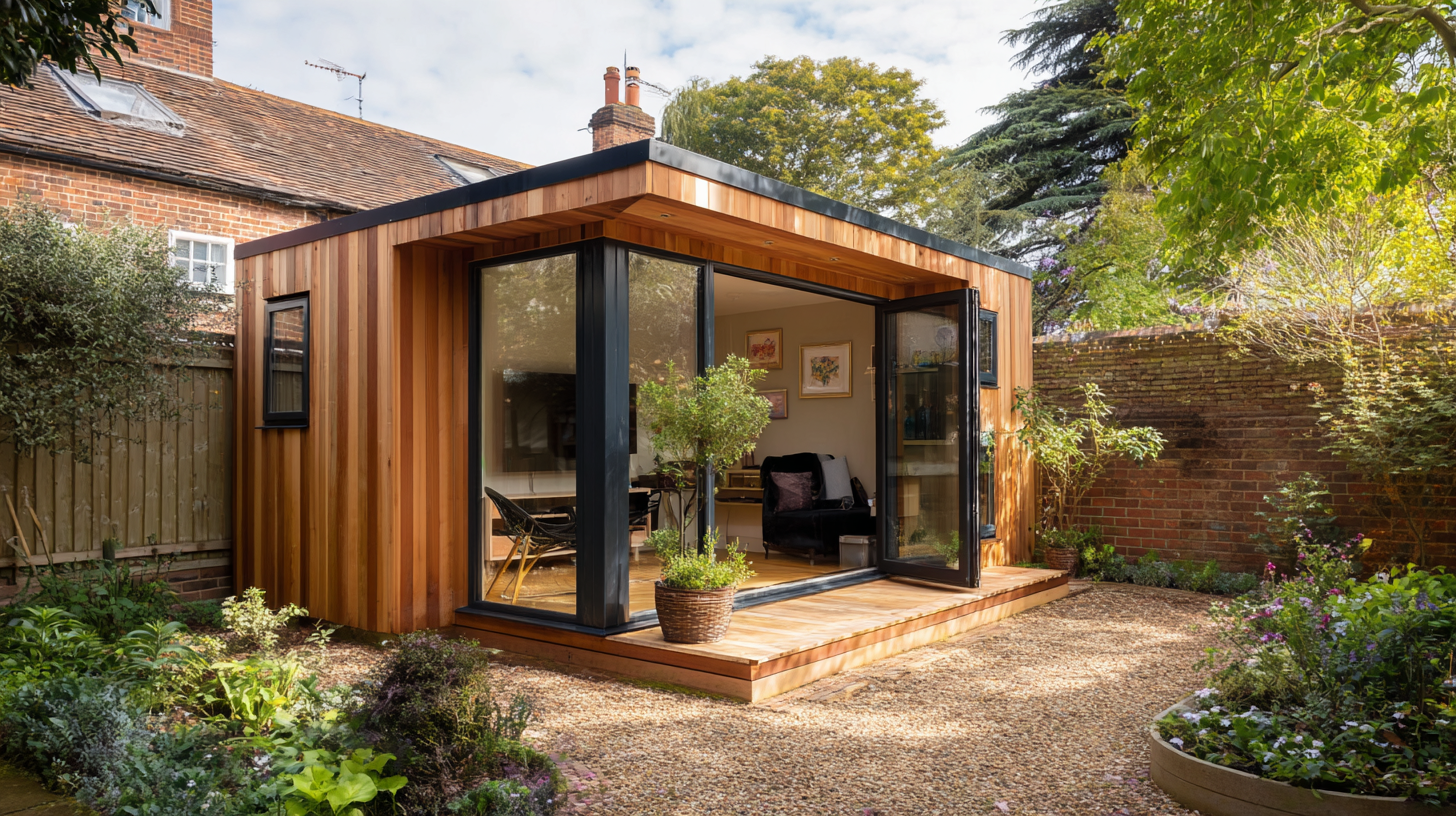
Moreover, construction techniques play a vital role in the longevity of timber buildings. A study from the Royal Institute of British Architects reported that buildings designed with effective moisture control techniques, such as raised foundations and proper ventilation, are significantly less prone to issues like rot and mold. These techniques can extend the lifespan of timber structures by an additional decade or more. Investing in quality timber and employing advanced construction methods can save homeowners significant costs in repairs or replacements, reaffirming that the right choices in the initial stages of building are essential for long-term satisfaction and durability in garden structures.
When selecting the best timber garden buildings for your outdoor space, it's essential to balance functionality with aesthetic appeal. A well-designed garden building can serve various purposes, from a cozy retreat to a practical storage space. To achieve the best results, consider your specific needs first. Do you require a home office, a shed, or a playhouse for the kids? Establishing the primary function will guide your design choices and help you optimize the use of your garden.
Tip 1: Choose quality timber that can withstand the elements, ensuring your building is not only beautiful but also durable. Look for treated timber that resists rot and pests, extending the lifespan of your garden structure.
Tip 2: Incorporate versatility in design. Opt for buildings that can adapt to different purposes over time. For example, a garden shed can be transformed into a craft space or a small gym, making sure your investment continues to meet your evolving needs.
Tip 3: Embrace aesthetics by blending your building with the surrounding landscape. Select colors and architectural styles that complement your home and garden’s existing features, creating a harmonious outdoor environment that enhances the overall appeal.
| Feature | Importance | Considerations | Examples |
|---|---|---|---|
| Size | High | Match with your available space and purpose. | Sheds, summerhouses |
| Material Quality | High | Durability, maintenance needs, and weather resistance. | Pressure-treated timber |
| Design | Medium | Aesthetic appeal, adaptability to your garden style. | Traditional, contemporary styles |
| Functionality | High | Purpose of the building, is it for storage, leisure, etc. | Workshops, home offices |
| Budget | High | Set a price range according to your financial plan. | Economical, mid-range options |
